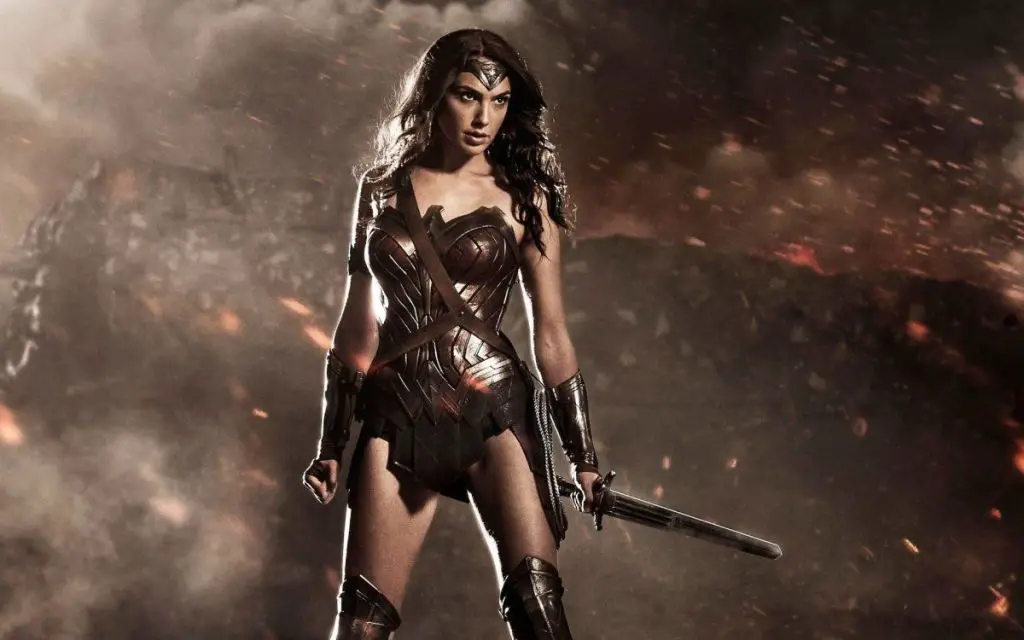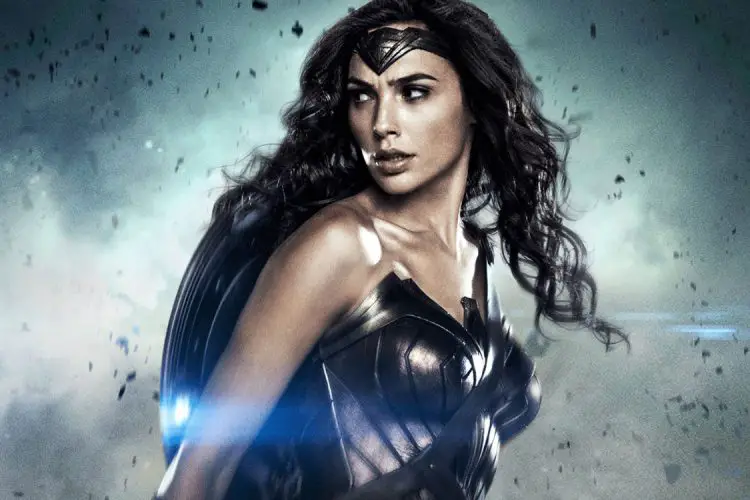In 2013, one year after the release of “The Dark Knight Rises” and “The Avengers,” Warner Bros. released their newest Superman film, “Man of Steel.” There was a lot riding on the film, not only because of the massive $225 million budget, but also because the film was intended to kick-start a shared universe, very much like the famous Marvel Cinematic Universe, where other characters from the DC Comics library can meet up and crossover with one another. In spite of “Man of Steel’s” mixed reception, Warner Bros. was happy with the film’s box office earnings and decided to finally birth their shared universe, now called the “DC Extended Universe.” What this meant was not only a new iteration of classic cinema characters like Superman and Batman, but long-awaited theatrical film debuts of many other timeless characters, one of the more prominent examples being the Amazing Amazon herself, Wonder Woman.
A big-budget, live-action film about the famous heroine had been stuck in development hell for decades, with the project having multiple directors and actresses attached, only for them to drop out when nothing came to fruition.
But thanks to the success of “Man of Steel,” Wonder Woman was finally given her own origin story, and just two weeks ago, her film premiered and made a whopping $103.2 million in its opening weekend. The first initial tracking of the film had many box office predictors believe the film’s opening weekend would only gross $65 million, around the same level as other films like 2011’s “Thor” or 2016’s “X-Men: Apocalypse,” making “Wonder’s” first three days even more impressive. To say nothing about the many records the film generated would be remiss. “Wonder Woman’s” opening weekend was the biggest for a female-directed film, the biggest for a DC film without either Batman or Superman, the sixth-biggest non-sequel comic book movie and the sixth-biggest June debut. Even better, the film’s first three days already made the film the highest-grossing, female-led comic book movie in history.

But the biggest news came during the film’s second weekend. Typically, superhero films face a huge decrease in its second weekend, usually around 50 to 60 percent. Diana bucked the trend, and only dropped 43 percent, gaining over $58.5 million. To put the following number in perspective, all of the other films in the DC Extended Universe had dropped at least 65 percent in their second weekend, and yet Wonder Woman not only held on much better, but grossed even more than all the other second weekends in the franchise, even though the other films grossed much more in their opening weekends (“Man of Steel” $41.3 million, “Batman v Superman” $51.3 million, “Suicide Squad” $43.5 million).
In short, “Wonder Woman” is no longer just a popular superhero movie, but a certified phenomenon, with the possibility to become the highest-grossing DCEU film in the U.S. But the question is, why exactly was the Amazing Amazon able pull off such an incredible feat? How did the film open so high and have such incredible staying power? While there’s no clear answer as to why a film becomes a smash hit, there are plenty of possible factors which could have contributed to the superhero flick’s incredible numbers.
1. The Quality
Every single year, with the use of the Internet becoming more and more common, review aggregate websites like Rotten Tomatoes and Metacritic have now become household names. Before, most people had to rely on critics in the newspaper or word from their friends to know whether seeing a movie was worth it or not. But thanks to sites like Rotten Tomatoes, people can see a compilation of every positive and negative review made about the movie and see if the film is either worth seeing in the theater, or something to wait for and watch on Netflix or Redbox.
Just recently, films like “Pirates of the Caribbean: Dead Men Tell No Tales,” “Baywatch” and “The Mummy” all severely underperformed in their opening weekends, failing to meet the numbers predicted during their initial tracking, alongside scathing reviews from critics. Such underperformance, according to insiders, was apparently due to said websites, as people have become warier on spending money for movies and rely on the score on Rotten Tomatoes in order to choose what movies to see.
While the amount of impact these websites have is debatable, it’s hard to deny that sites like Metacritic aren’t factors with undecided moviegoers. In the case of “Wonder Woman,” the film became a massive critical hit, with a 93 percent rating on Rotten Tomatoes, with a Certified Fresh label, indicating the film was well-received by a high amount of film critics, as well as a seventy-six on Metacritic, indicating “generally favorable reviews.”
And when watching the film, one can easily see why the movie so well-received, with its great action scenes, memorable characters and engaging story. While the film would definitely still be a huge hit if it was as hated as “Batman V Superman” or “Suicide Squad,” the stellar reception definitely helped in making people more aware of the movie and made those who were on the fence decide to give the film a chance.
2. The Novelty
To put “Wonder Woman’s” importance in perspective, the last major superheroine film was 2005’s “Elektra.” Largely due to the critical and commercial failure of that film and other superheroine films like “Catwoman,” Hollywood studios were hesitant in greenlighting other superheroine films, out of fear they would waste money on something consumers had no interest in, because people apparently don’t want to see women fight bad guys, but would have flocked to a terrible movie if it starred a dude.
Ignoring the sexist double standard for one moment, the severe lack of female representation in arguably the most successful genre in filmmaking has always been a concerning issue, even though there’s a huge demand for female-led superhero flicks. Fandango had polled moviegoers and discovered 92 percent were excited to see “Wonder Woman” solely because of the film’s female lead and 87 percent want more female superheroes to lead their own adventures.
Naturally, the first major superheroine film in over a decade would be a huge hit, as there’s plenty of blatant demand that most Hollywood executives refused to recognize, until just a couple of weeks ago.
3. The Woman Herself
To truly understand why Wonder Woman has been such a powerful icon for so long, it’s important to look at what she fights for and who she represents. While Diana is a powerful fighter who’s always more than ready to lay down a few punches, she also has a very nurturing and caring personality.
She hates seeing innocent people die and she hates seeing evil torture individuals who never asked to be given such treatment. Some of the greatest scenes in the film showcase that personality, such as her triumphant walk through the battlefield and her protecting the small village on the verge of collapsing.

And it is that compassion which has helped make the film a ginormous success. As the world suffers with political crisis, terrorism and almost everyone going at one another’s throats, the Amazing Amazon herself is practically a savior. She represents a beacon of hope, an incredible figure who keeps the world sane and shows that there is still some form of optimism out there in our terrible world.
Through Diana we see a powerful and hopeful figure; a figure the world hasn’t felt in a long time, and it is through her story that we see a potentially brighter and more optimistic future, a feeling audiences arguably haven’t had since Richard Donner’s “Superman.”
Such empathy and heart seems basic, but it is exactly what we need, and seeing it in a unique and well-made feature film is just the icing on top and the reason people keep coming back for more.

















